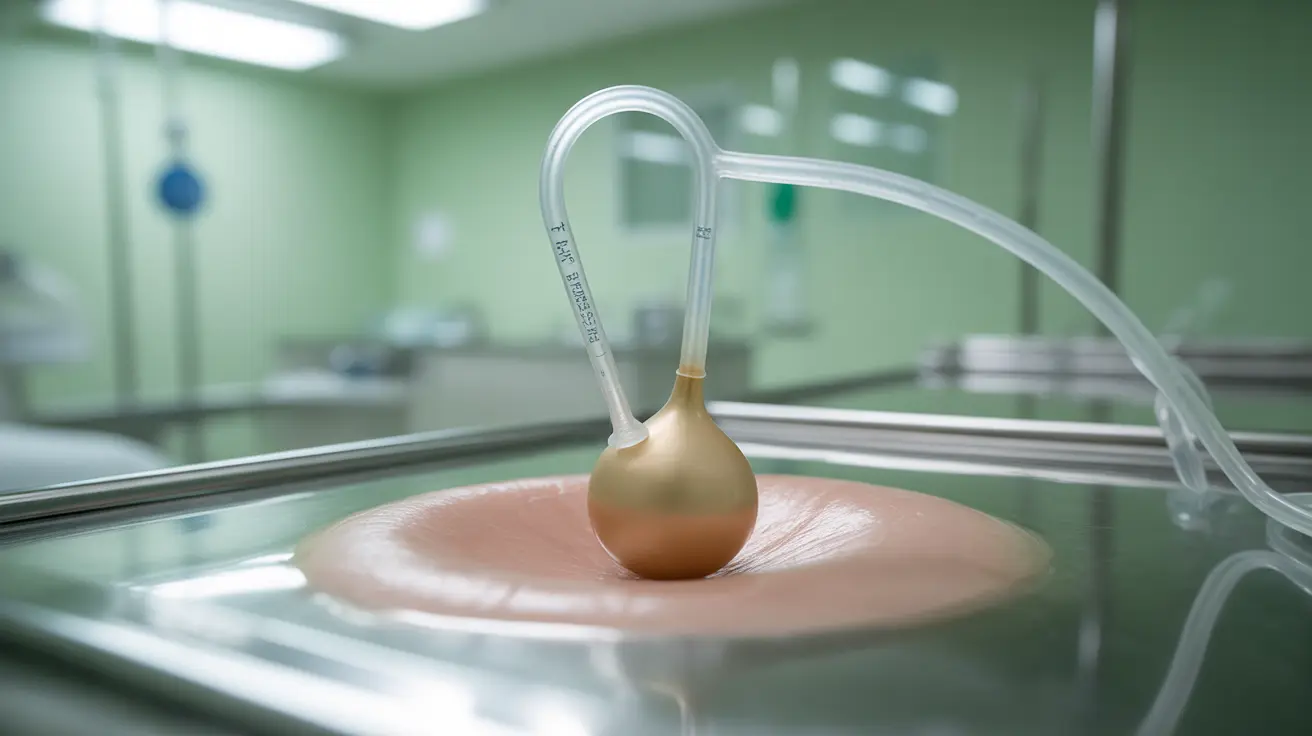When labor induction becomes necessary, healthcare providers have several methods at their disposal. One effective mechanical method is the Foley bulb induction, a technique that uses a small balloon catheter to help prepare the cervix for labor. This approach has been used for decades and is considered a safe option for many pregnant women.
Understanding how a Foley bulb works and what to expect during the procedure can help ease anxiety and prepare you for this step in your labor journey. Let's explore everything you need to know about this labor induction method.
How a Foley Bulb Induction Works
A Foley bulb is essentially a small, flexible catheter with an inflatable balloon at the end. During the procedure, your healthcare provider will insert the catheter through the cervix and inflate the balloon with sterile saline solution. This creates gentle pressure on the cervix, encouraging it to dilate naturally.
The pressure from the balloon stimulates the release of prostaglandins, natural hormones that help soften and prepare the cervix for labor. As your cervix dilates, the balloon will eventually fall out on its own, typically when you reach about 3-4 centimeters of dilation.
Benefits of Choosing a Foley Bulb
Foley bulb induction offers several advantages over other induction methods:
- Lower risk of overstimulation of the uterus
- Reduced likelihood of fetal distress
- No medication entering your bloodstream
- Can be used in women with previous cesarean sections
- Allows for more mobility during early labor
The Insertion Process and What to Expect
The insertion procedure typically takes place in a hospital or birthing center. Your healthcare provider will first perform a cervical exam to ensure you're a good candidate for the procedure. The actual insertion usually takes just a few minutes, though you may experience some discomfort during placement.
After insertion, you might feel:
- Pressure in your pelvis
- Mild cramping
- A sensation of needing to urinate
- Periodic tightening as your cervix begins to dilate
Timeframe and Effectiveness
The length of time a Foley bulb takes to work varies from person to person. Generally, the process can take anywhere from 12-24 hours. Some women experience faster results, while others may need additional intervention if the Foley bulb alone doesn't trigger active labor.
Monitoring and Support During the Process
Throughout the induction process, your healthcare team will regularly monitor both you and your baby. They'll check your vital signs, track the baby's heart rate, and assess your progress. This ensures the safety and effectiveness of the procedure.
Frequently Asked Questions
What is a Foley bulb induction and how does it help start labor?
A Foley bulb induction uses a catheter with an inflatable balloon to apply gentle pressure to the cervix, encouraging it to dilate. This mechanical pressure stimulates the body's natural prostaglandin production, helping to prepare the cervix for labor.
What are the potential risks and discomforts associated with using a Foley bulb for labor induction?
While generally safe, potential discomforts include cramping, pressure, and mild pain during insertion. Rare risks include infection, bleeding, or accidental rupture of membranes. Most women experience only minimal discomfort during the process.
How long does it typically take for a Foley bulb to help dilate the cervix and induce labor?
The process typically takes 12-24 hours, though individual experiences vary. The Foley bulb usually falls out when the cervix reaches 3-4 centimeters dilation, though this timeframe can differ for each person.
What are the differences between using a Foley bulb and other methods to induce labor, such as oxytocin or misoprostol?
Unlike medical inductions using oxytocin or misoprostol, a Foley bulb works mechanically and doesn't introduce medications into your system. It typically causes fewer side effects and allows for more mobility during early labor, though it may work more slowly than medical alternatives.
Can I go home with a Foley bulb in place, or do I need to stay in the hospital during the procedure?
Hospital policies vary regarding at-home Foley bulb use. Some facilities allow women to return home with the device in place, while others require hospital monitoring throughout the process. This decision depends on various factors, including your medical history and hospital protocols.




